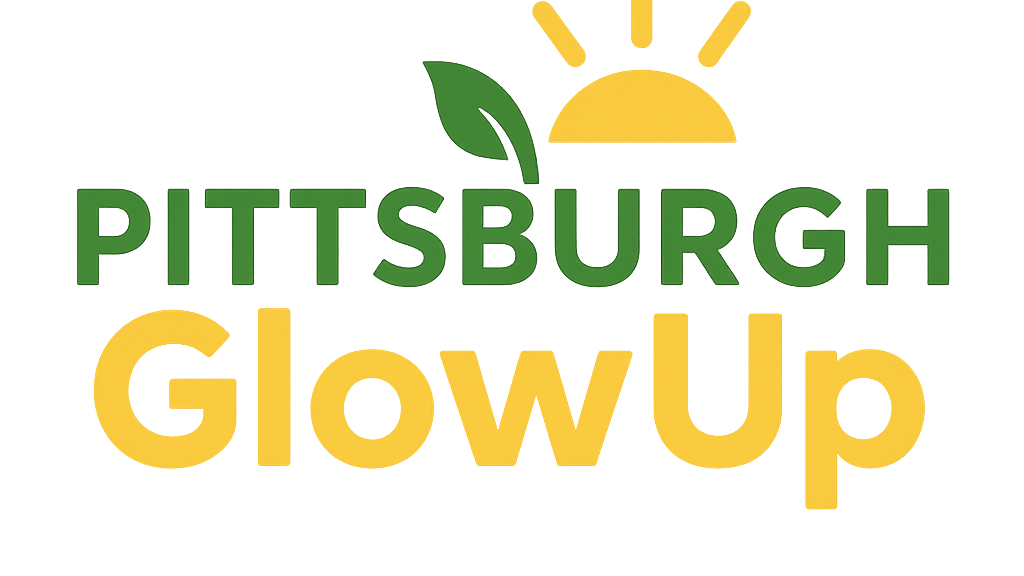
Understanding the Purity of Raw Honey
Raw honey is not just a sweet treat; it's a natural treasure that varies widely in purity depending on its source. As health-conscious individuals become increasingly aware of what they consume, knowing the different types of raw honey and their potential pollution factors is essential. The nectar that bees gather plays a crucial role in determining the quality of honey. With many urban and agricultural developments affecting our environment, choosing the right honey goes beyond flavor—it’s about health and safety.
Top Types of Raw Honey: From Clean to Contaminated
When it comes to selecting raw honey, understanding the different varieties is key to making informed choices. The cleanness of honey relates directly to the flowers from which the nectar is sourced. Below, we explore the cleanest types of raw honey, offering insights into why they stand out:
1. Manuka Honey: Nature's Medicine
Regarded as one of the cleanest types, manuka honey from New Zealand is renowned for its potent medicinal properties. Its unique flavor and antibacterial quality make it perfect for health-related applications. This honey's production region is typically remote and less polluted, enhancing its overall purity.
2. Tupelo Honey: A Rare Delight
Another favorite is tupelo honey, harvested in the pristine wetland regions of Florida and Georgia. Known for its high fructose content, tupelo honey doesn't crystallize easily, making it a preferred choice for many. Its limited bloom season ensures a product that's concentrated in flavor and purity.
3. Acacia Honey: Floral and Clean
Acacia honey comes from the blossoms of the locust tree and is considered pure due to the clean environments in which these trees grow. With its light flavor and slow crystallization, this honey is versatile and enjoyable in many culinary applications.
The Gray Area: Lightly Contaminated Honeys
Some honeys fall into a category where their cleanliness may vary depending on the environmental factors:
4. Clover Honey
Clover honey is widely popular and easily accessible. However, it can be subject to contamination if bees forage in treated agricultural lands. While deliciously mild, its purity can be questionable.
5. Orange Blossom Honey
Orange blossom honey has a delightful citrusy flavor but can also be impacted by surrounding agricultural practices. Buyers should be wary of sourcing to guarantee its quality.
Recognizing the Dirtiest Options
To protect your health, it's crucial to steer clear of certain honey types that are more prone to contamination. These include:
6. Wildflower Honey
While this honey might sound appealing, wildflower honey often incorporates nectar from a variety of sources, some of which may be exposed to pesticides. The unpredictable nature of collecting from different flowers increases the risk of chemical residues.
7. High Plains Clover Honey
Similar to clover honey but known for its mass production, high plains clover honey can rank low on the cleanliness scale due to the widespread use of pesticides in its sourcing areas.
Take Action: Select Wisely
As you navigate the world of honey, making informed decisions can lead you to healthier choices. Look for local, organic options where you can confirm the source of nectar. Understanding the purity and potential contamination of each honey type empowers you—so choose wisely and treat yourself to the goodness that clean raw honey can offer.
For those in Pittsburgh seeking a holistic approach to health, consider visiting the best med spas. Facilities like Glow Med Spa and Vio Med Spa blend beauty with wellness, helping you rejuvenate from within. Explore various treatments designed to enhance your health and elevate your overall well-being, just as quality raw honey uplifts our diets!
 Add Row
Add Row  Add
Add 



Write A Comment